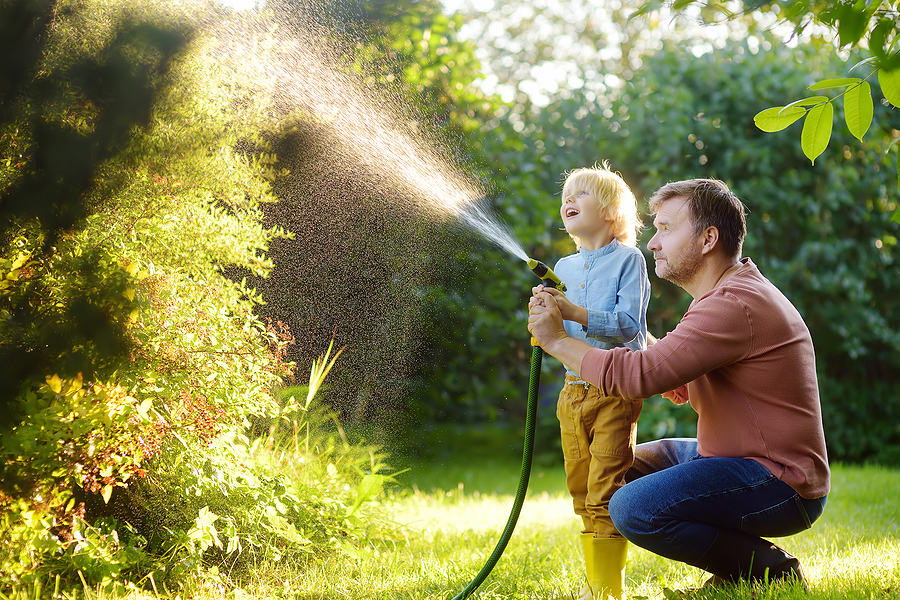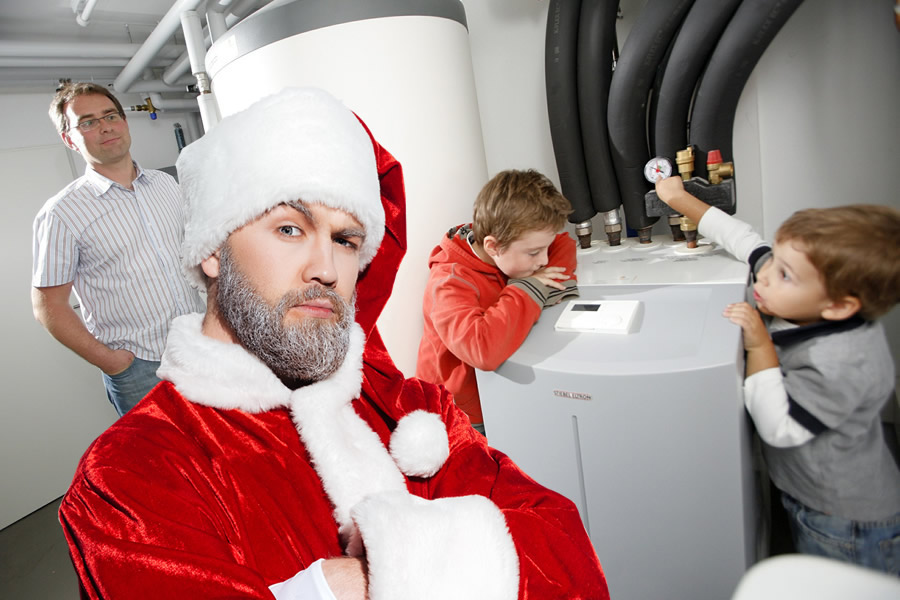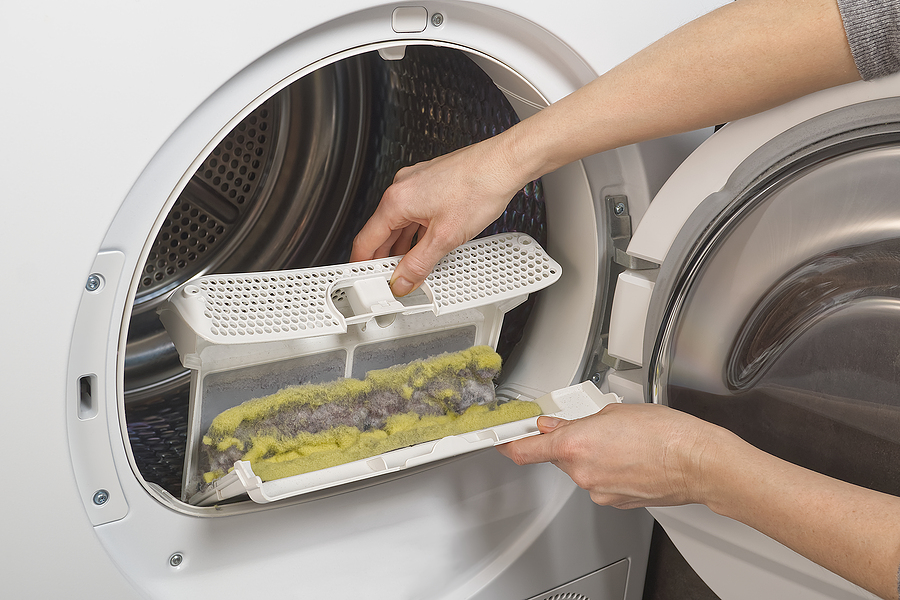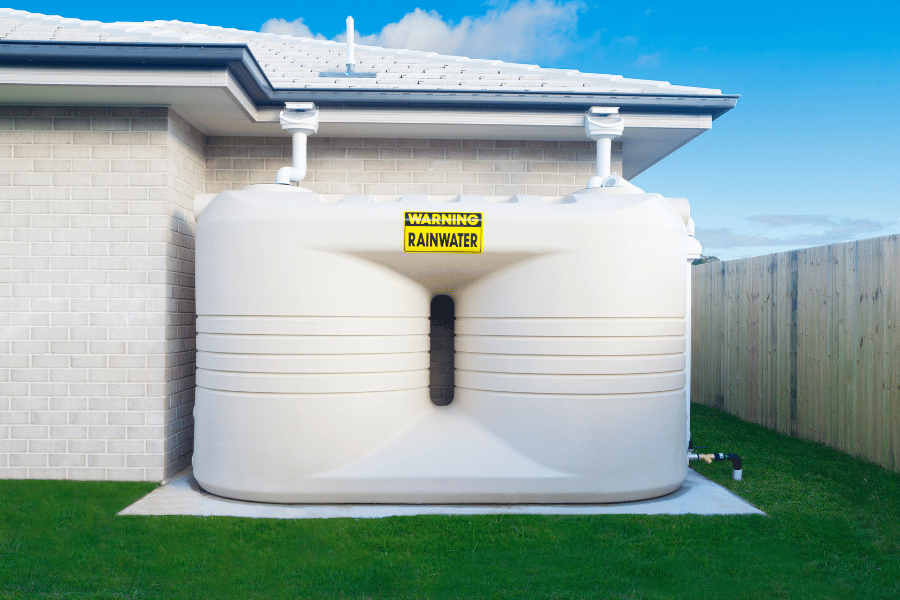
How To Cut Back On The Amount Of Water You Use And Save Money
June 2, 2021
Don’t Let Your Holidays Be Scrooged By Your Hot Water Heater
November 19, 2021
Lint From Your Clothes Dryer Creates A Fire Hazard
Plan to do this important task at least one time every year. First, unplug your dryer. Then, locate the dryer hose that connects the dryer to the exhaust vent. You will see either a clamp or clip that is holding the pipe in place. Use a screwdriver or a pair of pliers to loosen it, then remove the hose. Your dryer now has an opening that you can clean out with a vent brush. Clean out the vent as thoroughly as you can. Then finish off by wiping the residual lint from the opening with a damp cloth. Finally, thoroughly clean out the lint from inside the hose.
Caution: If your duct hose is made from a vinyl silver or white material, you should replace it right away because this material is highly flammable. If lint inside the hose gets hot enough and ignites, it can start a fire in your home. The current building codes at the federal and local levels now mandate ductwork made from metal for all clothes dryers.
The best tubing material to use between your dryer and the vent is rigid aluminum. Aluminum tubing cannot be damaged easily, and it does not attract lint. There is aluminum tubing that is more flexible, but it is not as effective in resisting the accumulation of lint inside the tube.
The final step in this cleaning process is to thoroughly6 clean the lint from the exterior vent. You can use a brush or your hands. You will need to keep the flap open with a tool so you can access it easier for cleaning. If you use your dryer two or more times every week, or if your local climate is humid, go through this cleaning process a few times every year.
Proper Installment of Your Dryer Can Mitigate Fire Hazards
Your dryer should never vent to your attic or inside your home. The humidity from the exhaust can promote the growth of mold and mildew. If you are not able to place your dryer where it can be vented outside, get a ventless dryer instead.
The location of your dryer must not be more than 25 feet from the wall or roof where it is vented. For every bend at a 45-degree angle, the length of the duct should be decreased by 2.5 feet. For each bend at 90 degrees, this reduction should be five feet. The transition duct is not included in the calculation of the maximum length.
Your electric dryer requires a 220v outlet that is grounded. For gas dryers, consult with a professional to install the gas lines.
Safety Measures For Your Dryer
If your laundry contains clothing stained with flammable substances like oil, gasoline, or cleaning products, never dry them in the dryer. If you have no other method to dry these items, wash these a couple of times to remove as much of the volatile substances as possible. Set the dryer at a low heat setting, using the shortest cycle that includes a period for cooling down. This will reduce the risk of the clothing catching on fire.
You should never run the dryer when there is no one at the house.
Store your flammable liquids away from the dryer area. Certain vapors might get released that can ignite. Your dryer should not be stacked with papers or clothes, and should always be cleaned of lint.
It is a good idea to place a fire extinguisher in the area where your dryer is. Keep it fully charged at all times. In the event of a fire, evacuate everyone from your house and call 911. If there is time to do this safely, shut off the breakers or disconnect the power.




